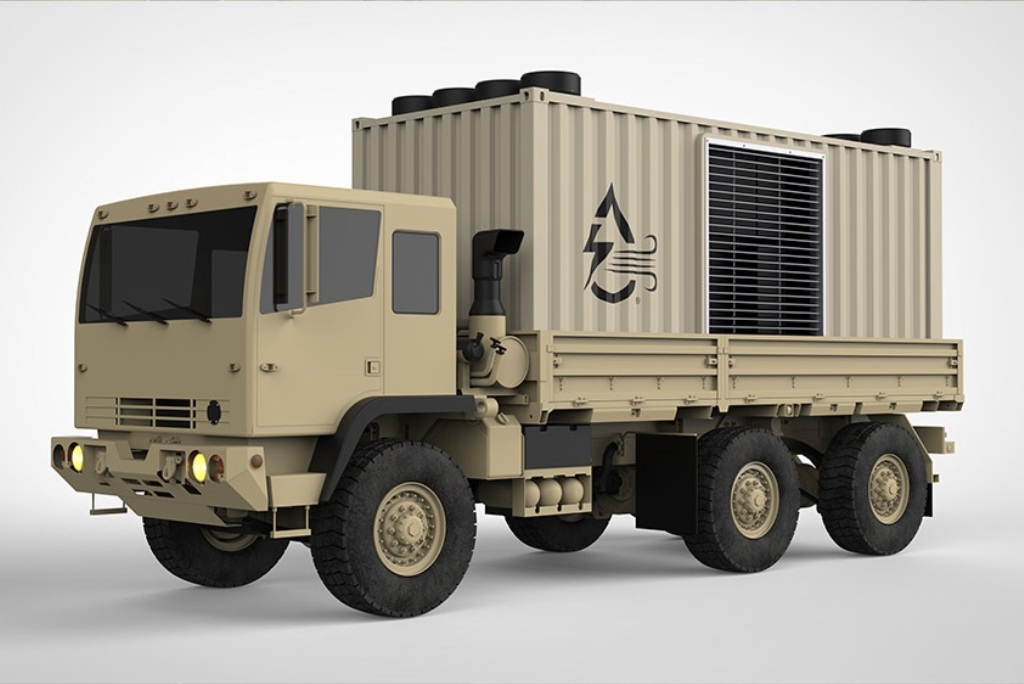Advancements in Aerial Intelligence Training: Mass Virtual Inc. Launches XR Solution at Fort Bliss
Enhanced Training Capabilities for U.S. Army
Mass Virtual Inc. has initiated a groundbreaking extended reality (XR) training program at Fort Bliss, aimed at elevating the preparation of U.S. Army aerial intelligence units. This initiative introduces the proprietary MassXR simulator, designed to deliver immersive, high-fidelity virtual training experiences focused on the operation and maintenance of essential sensors and surveillance systems utilized in aerial platforms.
Integration into the VAST Program
The simulator is now a vital component of the Virtual Aerial Systems Trainer (VAST) initiative, which is intended to prepare aircrews for advanced surveillance missions with platforms such as the ATHENA and HADES aircraft. The integration of MassXR into VAST reflects a strategic move to modernize training approaches amidst the evolving landscape of military requirements.
Key Features of the MassXR Simulator
The MassXR system focuses on comprehensive understanding and practical application of critical operational procedures during various mission phases. Key aspects include:
- Hands-on Learning Modules: Designed to enhance user familiarity with systems, from preflight evaluations to complex electronic intelligence tasks.
- Repeatable Training Scenarios: Provides soldiers the opportunity to practice repeatedly in a controlled simulated environment, reducing the dependency on limited real-world flight hours.
This training model supports the Army’s shift toward cutting-edge education tools that enhance operational readiness while prioritizing the safety of personnel.
Transformational Impact on Training Methodologies
MassXR represents a significant advancement in military training capabilities, promoting a shift away from traditional, often resource-intensive methods. According to Billy Webb, the Business Development Director at Mass Virtual, the classroom environment created by this system empowers soldiers to learn and refine their skills effectively—ultimately boosting their confidence for real-world applications.
Feedback from the Field
Rapid deployment of the MassXR simulator has been met with enthusiasm from aircrew members, particularly those within the 204th Military Intelligence Battalion. Their initial experiences with the system provided overwhelmingly positive feedback, lending insight into future enhancements. The swift development and deployment of this program, accomplished in collaboration with the Army’s Project Director for Sensors-Aerial Intelligence (PD SAI), underscores the commitment to an agile and responsive training paradigm.
Project Support Manager Angel Acevedo remarked on the achievement, noting it as a significant milestone in the Army’s ongoing efforts to advance its training methodologies and capabilities. This innovation not only facilitates immediate operational readiness but also sets a benchmark for future projects aimed at transforming the Army into an even more modernized and effective fighting force.
Conclusion: Setting the Stage for Future Developments
The implementation of the MassXR system is a clear testament to the U.S. Army’s proactive stance on integrating technology into military training frameworks. As the landscape of warfare continues to evolve, the need for sophisticated, adaptable training solutions becomes increasingly essential. The successful integration of virtual reality technologies not only enhances preparedness but ensures that soldiers are equipped to handle the complexities of modern warfare effectively.
By investing in advanced training solutions such as MassXR, the United States Army is laying the groundwork for a new era of aerial intelligence capabilities, symbolizing a robust commitment to operational excellence and soldier safety.





